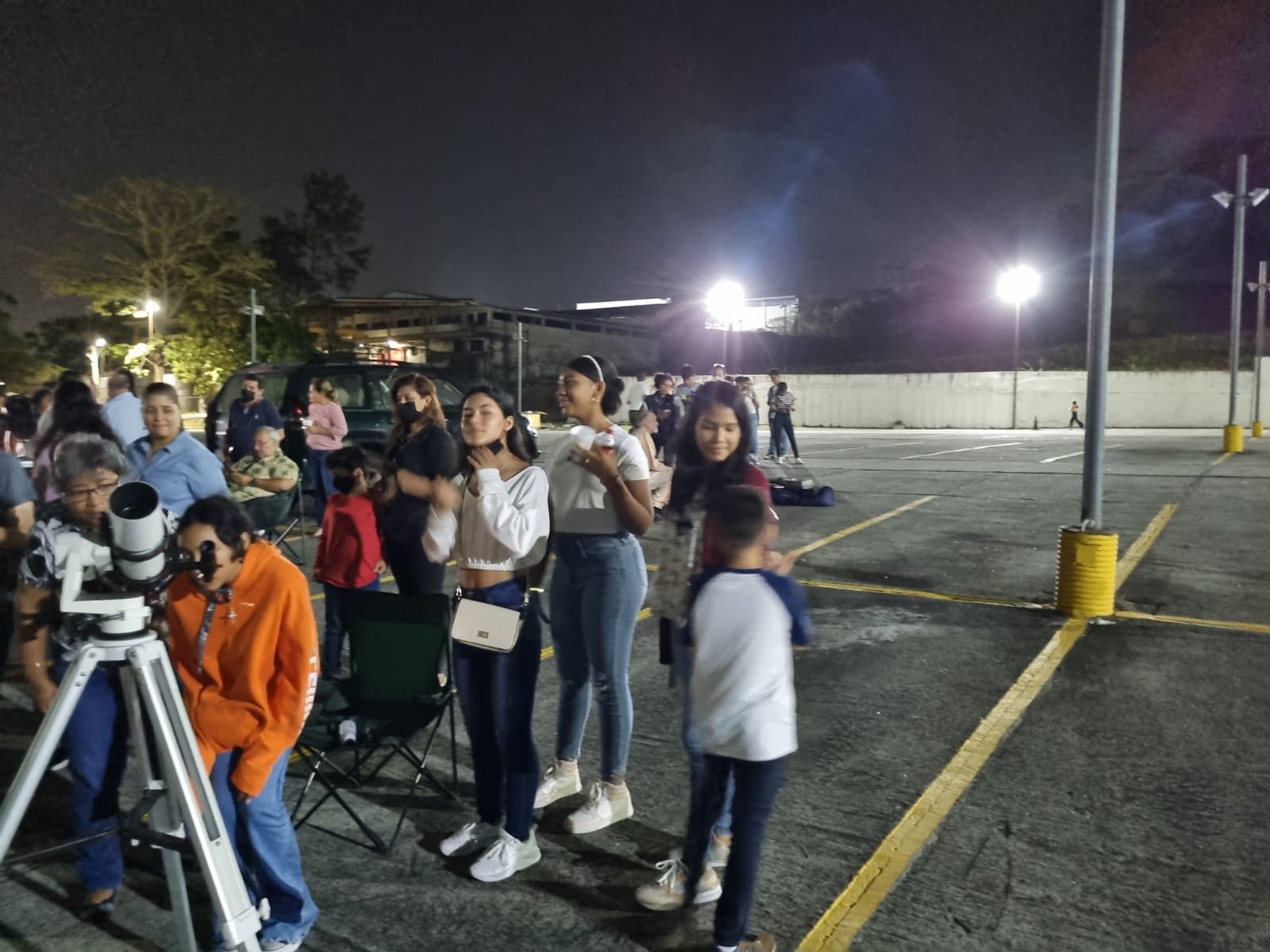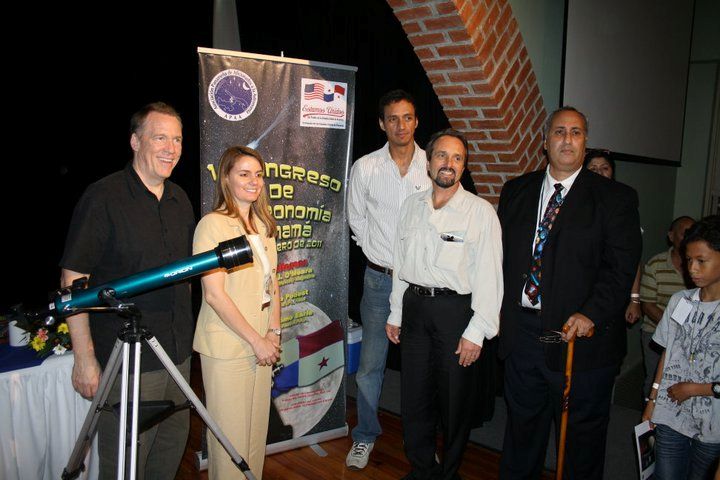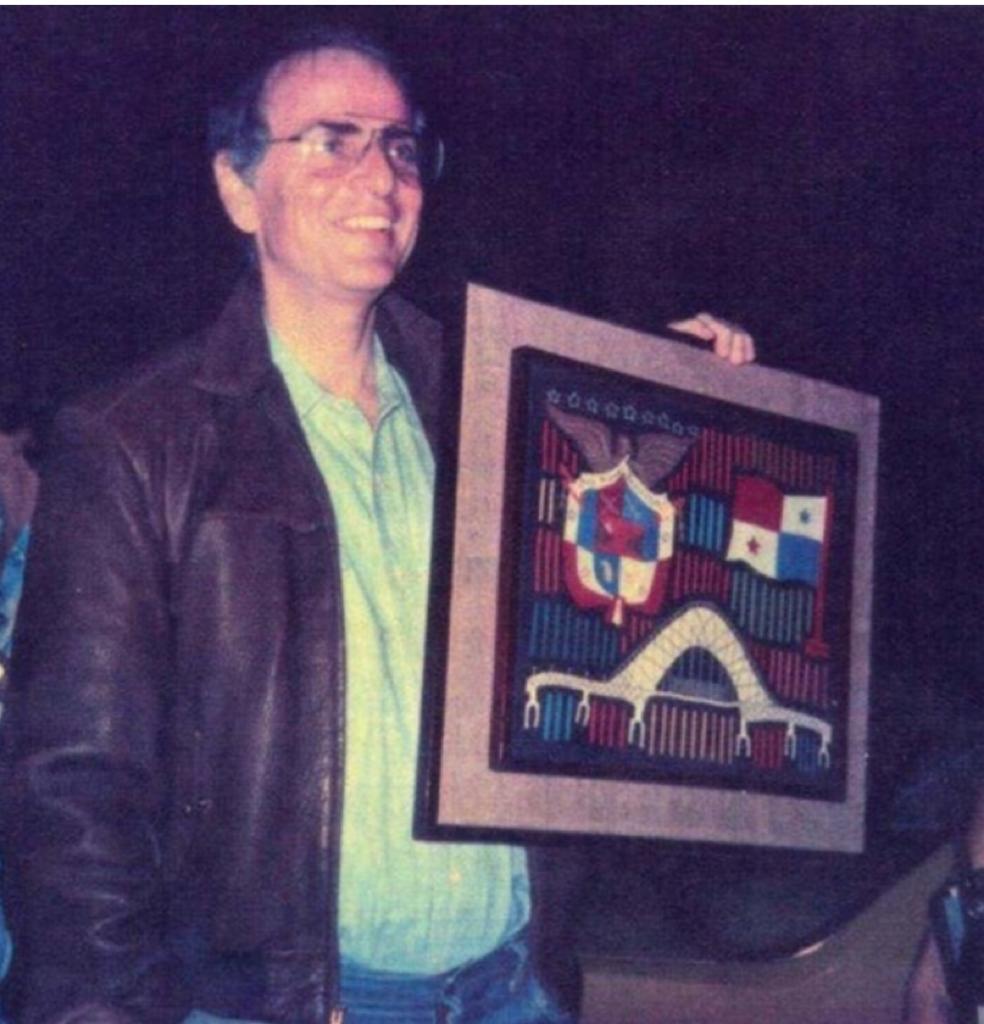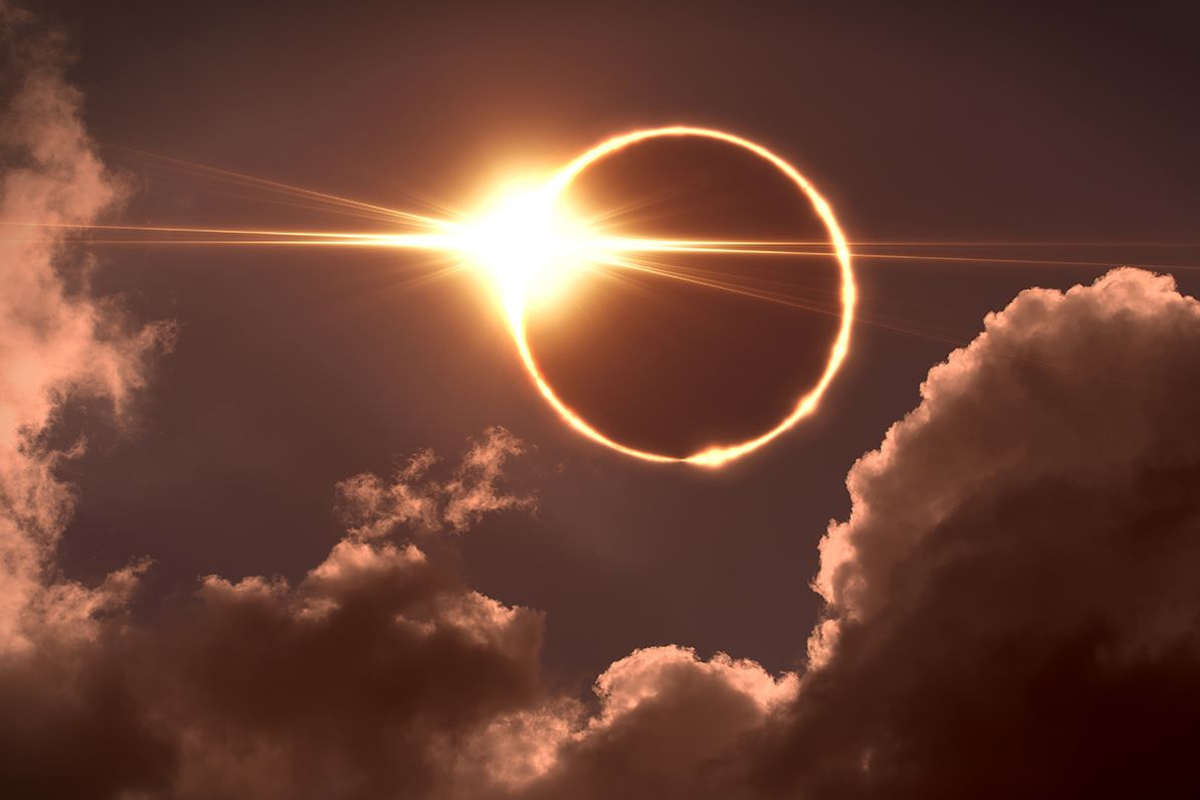Next Saturday, October 14, the stars will present the biggest astronomical event of this year: the annular solar eclipse also known as the Ring of Fire. Event that occurs when the moon passes between the sun and the Earth, creating a shadow that is not always visible from the Earth; But when can be seen in a continent, you can watch either a partial, total or annular eclipse.
This event can be observed in a various destinations in the interior of the country: Cocle, Veraguas, Herrera, Los Santos, Ngäbe Bugle region, parta of Bocas del Toro and of La Chorrera. The president of the Panamanian Association of Astronomy Amateurs (APAA) and outreach coordinator of the International Astronomical Union, Carlos Alberto Fernandez, says the astronomical event will begin at 11:27 a.m., with the eclipse at its peak at 1:14 p.m. , the third contact will be at 1:16 p.m. ending at 2:58 p.m. An important piece of information that Carlos Alberto gives is that this astronomical event will have Nata, Coclé province, as the Best place to watch it.”

Astrotourism Growing Thanks to the Eclipse
This event represents a huge opportunity to increase the number of Visitors to destinations in the Interior where it will be possible to watch it, which will not happen again until April 8, 2024. Carlos Alberto Fernandez indicates that the enthusiasm is great since The Panamanian Association of Astronomy Fans purchased 1,000 protective glasses to observe the phenomenon in the sky and were all sold in a few days. This indicates that there will be an important number of people visiting the interior during the weekend and that, taking advantage of the activity to travel with family or friends, they will also visit other places in the surrounding area.
Places in Panama to Enjoy Astrotourism
To observe beautiful and incredible astronomical phenomena, it is not necessary to wait for a solar or lunar eclipse. According to Carlos Fernandez, Panama has places where it is possible to watch the stars (planets, nebulae, etc.) with a Bortle 3 to 4, (level of light pollution where 1 is perfect or zero pollution and 9 is almost impossible to see the sky). Some of these places are Punta Chame, San Blas, Bocas del Toro (at certain times of the year) in the dry arch of Veraguas. There are many more places to make observations, however, the area near the canal is not recommended due to the large amount of humidity, which after midnight it begins to cloud over, which hinders observation.

A Panamanian Astronomical Association with 40 years
The Panamanian Association of Astronomy Fans, according to what its first president, Captain Luis Velásquez, tells us, emerged from an afternoon with coffee between four friends with a lot of knowledge in the discipline, including Professor Pacheco, a Marine Biologist, Dr. Pontin, Mr. Juan Antonio Tack (who took part in the negotiation of the Torrijos – Carter treaties and a great astronomy student) and Captain Velasquez himself (a sailor by profession and ship captain, as well as a tugboat captain of the Panama Canal, today a successful businessman who offers international maritime services).

The four friends, upon investigating that in Panama there was no group linked to astronomy, decided to create The Panamanian Association of Astronomy Fans (APAA) in 1983. According to Captain Luis Velasquez, from that moment on they focus on spreading the knowledge of astronomy to the point that they managed to bring the world-renowned Astrophysicist Carl Sagan, who was in Panama together with the Association watching Halley’s Comet.

Currently the association does different types of events, solar observations, planetary observations, observations for private schools that give a contribution to the association to continue its work and for members they carry out private observations where they enjoy the skies with their telescopic equipment.







